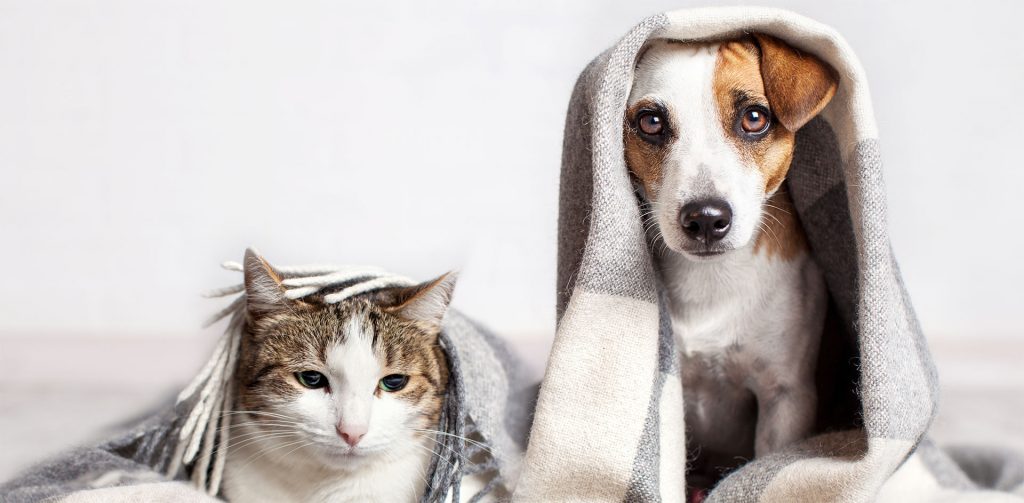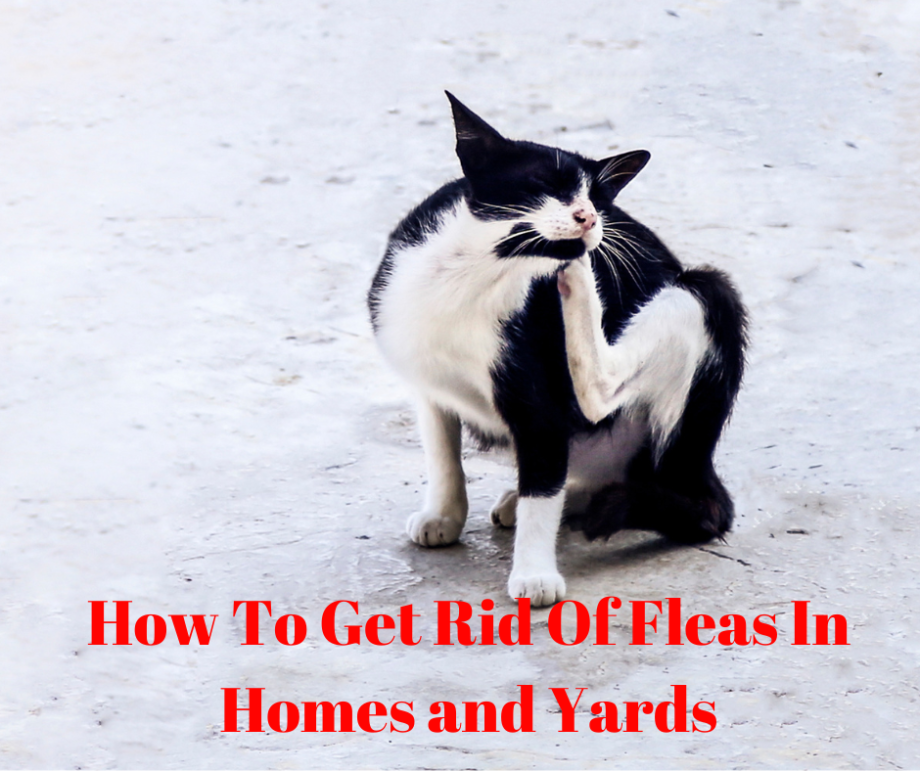Over 80% of flea infestations take place in the environment, while only 20% is on your pets. The flea is a very resilient pest, but there are some things you can do to make your home and yard a less hospitable habitat. If you missed the article on the flea’s life cycle then I recommend checking it out, it will give you many insights into how they live. We must deal with the flea’s four distinctive life stages to successfully eradicate them.

Home
Food Grade Diatomaceous Earth:
To help kill the fleas I like to apply a light dusting of food-grade diatomaceous earth on all dog beds and carpets before you vacuum. Food-grade diatomaceous earth is a natural silica rock that is very sharp on the microscopic level not to humans or pets. This will cut the fleas and also dry them out. Fleas will start to lose moisture from within and will dehydrate and die. Leave on the dog beds and carpet/hardwood floors for about 30 minutes then vacuum it up.
Vacuum Thoroughly:
Vacuum your home thoroughly, even if you have hardwood floors. Before you begin, place a flea collar inside your vacuüm cleaner’s bag or canister. The flea collar will kill the fleas and larvae that you suck up while you’re cleaning. (In my opinion, this is the only use for a flea collar, you should never put one on your dog.) The vacuuming will also pull up much of the flea dirt which the flea larvae must eat to survive. Remember to carefully vacuüm next to baseboards, and under furniture, since these are places fleas like to hide. I recommend vacuuming daily until your flea problem is under control.
Be sure to follow the instructions. Even though these products are all-natural and are considered harmless avoid breathing in their dust. It can harm your and your pets’ lungs. Make sure you swiftly and carefully dispose of the vacuüm cleaner bag/canister contents or the fleas will find their way out and back into your home. (This is the reason for the above flea collar tip.)
Wash Pet Bedding:
Fleas, Flea larvae, cocoons, eggs, and flea dirt will be on your pet’s bedding. Check the labels, but if possible wash these things in very hot water. This will help to kill the fleas living in the bedding and remove all the flea dirt. Air dry everything you can in direct sunlight. (Flea larvae cannot survive in direct sunlight.)
NOTE: Vacuum and clean/wash anything shared with your pets: your couch, bed, car, etc. Fleas don’t discriminate between what belongs to you and what belongs to Fido.
Wash Your Pet:
It won’t do you any good to kill the fleas in your home if fleas and their eggs continue to live on your pet. Wash your dog with a gentle all-natural shampoo for pets. Human shampoo is pH balanced for humans and can contain potentially toxic to your pet ingredients. After your pet dries use a flea comb to remove unwanted pests from your pet’s coat. Fleas don’t like water, before getting your pet wet use the shampoo to lather up a barrier around your pet’s neck. When your washing your pet the fleas will try to reach higher ground, but the soapy barrier will keep them from your pet’s head and more will die. Washing your pet will remove most of the fleas, eggs, and flea dirt.
Outside
Lawn:
Your lawn is a perfect Flea factory. Flea eggs can hatch and the larvae can live on a hospitable lawn. The adult fleas will then climb up the vegetation and wait for a passing pet. Make your lawn and other ground cover undesirable to fleas by cutting it and raking out the thatch. Furthermore, a regularly watered lawn will kill most flea larvae. You can buy Food Grade Diatomaceous Earth or Beneficial Nematodes to kill the fleas and other insects in your yard without putting any harmful chemicals in the environment.
Trim Your Hedges:
Cut back the overgrowth. Bushes, shrubs, and weeds that encroach on paths and walkways improve the chances for adult fleas to acquire a host that is walking past. They also provide shade, which blocks sunlight and gives larvae a safe place to mature.
Rake:
Rake up leaves and under hedges and pick up any piles of yard waste. These are places flea larvae can live and mature in safety remove them. Admit it, you were meaning to do this anyway.
If your pet has a den or hideaway, such as beneath the porch, board it up, it could be crawling with fleas and other pests.
By implementing the above recommendations you will drastically reduce the number of fleas and flea hospitable areas in and around your home. These tips will help end a flea problem or prevent one from occurring. Remember, it could still take up to three months to become flea free.

